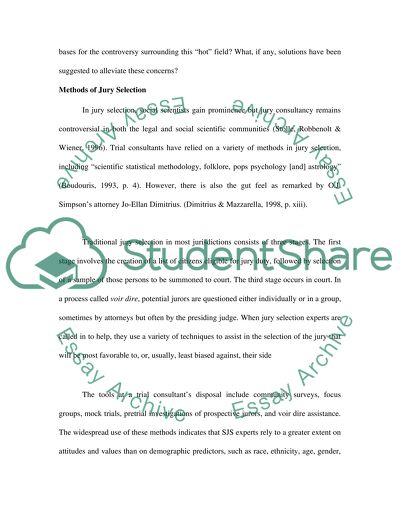Cite this document
(“Jury Selection Process Essay Example | Topics and Well Written Essays - 1500 words”, n.d.)
Retrieved from https://studentshare.org/miscellaneous/1529500-jury-selection-process
Retrieved from https://studentshare.org/miscellaneous/1529500-jury-selection-process
(Jury Selection Process Essay Example | Topics and Well Written Essays - 1500 Words)
https://studentshare.org/miscellaneous/1529500-jury-selection-process.
https://studentshare.org/miscellaneous/1529500-jury-selection-process.
“Jury Selection Process Essay Example | Topics and Well Written Essays - 1500 Words”, n.d. https://studentshare.org/miscellaneous/1529500-jury-selection-process.


